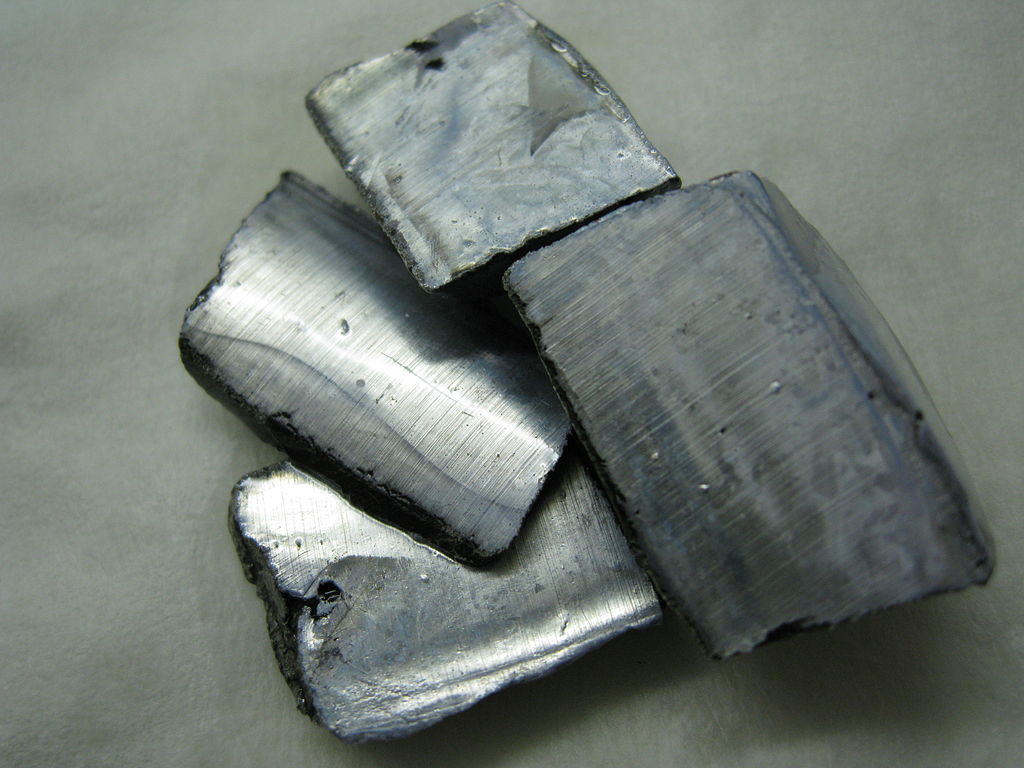Despite having low costs and good performance rates, potassium-ion technologies for large-scale storage have seen, so far, quite limited development. One reason for this is the lack of stable cathode materials. As a cheaper and more abundant material than lithium, scientists are keen develop battery chemistries based on potassium.
Scientists at China’s Tsinghua University and the Chinese Academy of Sciences now claim to have identified a stable cathode material for potassium-ion batteries. The group found a frustrated magnet called KFeC2O4F, which in their view may be more stable than any other material used in the past. Frustrated magnets are materials in which localized magnetic moments, or spins, interact through competing exchange interactions that cannot be simultaneously satisfied. This causes a large degeneracy of the system ground state, which is the lowest level of energy in a particle, atom or molecule.
According to the researchers, this magnet has a 3D open structure that is similar to Prussian Blue Analogs (PBAs), whicompounds used for storage systems showing improved cycle life and power capability. “Nevertheless, the preparation and handling of these materials are relatively difficult in controlling defects and water,” the researchers stated.
The scientists claim to have demonstrated that the new magnet would provide for storage systems with a stable capacity of 112 milliampere hours per gram and the ability to retain 94% of this capacity after 2000 cycles, with 0.003% capacity fading per cycle.
A potassium-based full cell was built by combining the KFeC2O4F cathode with a soft carbon anode, which exhibited a reversible capacity of around 85 milliampere hours per gram and negligible capacity decay within 200 cycles and impressive rate performance, according to the research group.
Popular content
“Although the performance of this potassium ion full cell may be further enhanced by optimizing the electrolyte systems and utilizing suitable anode materials, etc., this study clearly indicates the feasibility of KFeC2O4F as a promising potassium-ion batteries (KIB) cathode for sustainable large-scale energy storage applications,” the researchers affirmed.
The new cathode material is described in the study A fluoroxalate cathode material for potassium-ion batteries with ultra-long cyclability, published in nature.
Another study conducted by Scientists in Russia led by the Skolkovo Institute of Technology in Moscow (Skoltech) has demonstrated a potassium-ion battery which combined the high storage capacity of a metal-ion device with the fast charging capability of a supercapacitor.
More recently, researchers in China have ranked some of the most commonly used battery chemistries according to parameters deemed important for grid-level storage. “Although a large number of battery technologies has been reported, the fabrication of low-cost, high-performance batteries with excellent power and energy densities, operating safety and cycle stability remains a great challenge,” the researchers concluded. “In-depth investigations of high-performance and novel battery systems are necessary. Many efforts, for example, to investigate high-performance potassium-ion batteries with relatively high energy density but lower cost, compared with LIBs [lithium-ion batteries], are ongoing.”
This content is protected by copyright and may not be reused. If you want to cooperate with us and would like to reuse some of our content, please contact: editors@pv-magazine.com.



5 comments
By submitting this form you agree to pv magazine using your data for the purposes of publishing your comment.
Your personal data will only be disclosed or otherwise transmitted to third parties for the purposes of spam filtering or if this is necessary for technical maintenance of the website. Any other transfer to third parties will not take place unless this is justified on the basis of applicable data protection regulations or if pv magazine is legally obliged to do so.
You may revoke this consent at any time with effect for the future, in which case your personal data will be deleted immediately. Otherwise, your data will be deleted if pv magazine has processed your request or the purpose of data storage is fulfilled.
Further information on data privacy can be found in our Data Protection Policy.